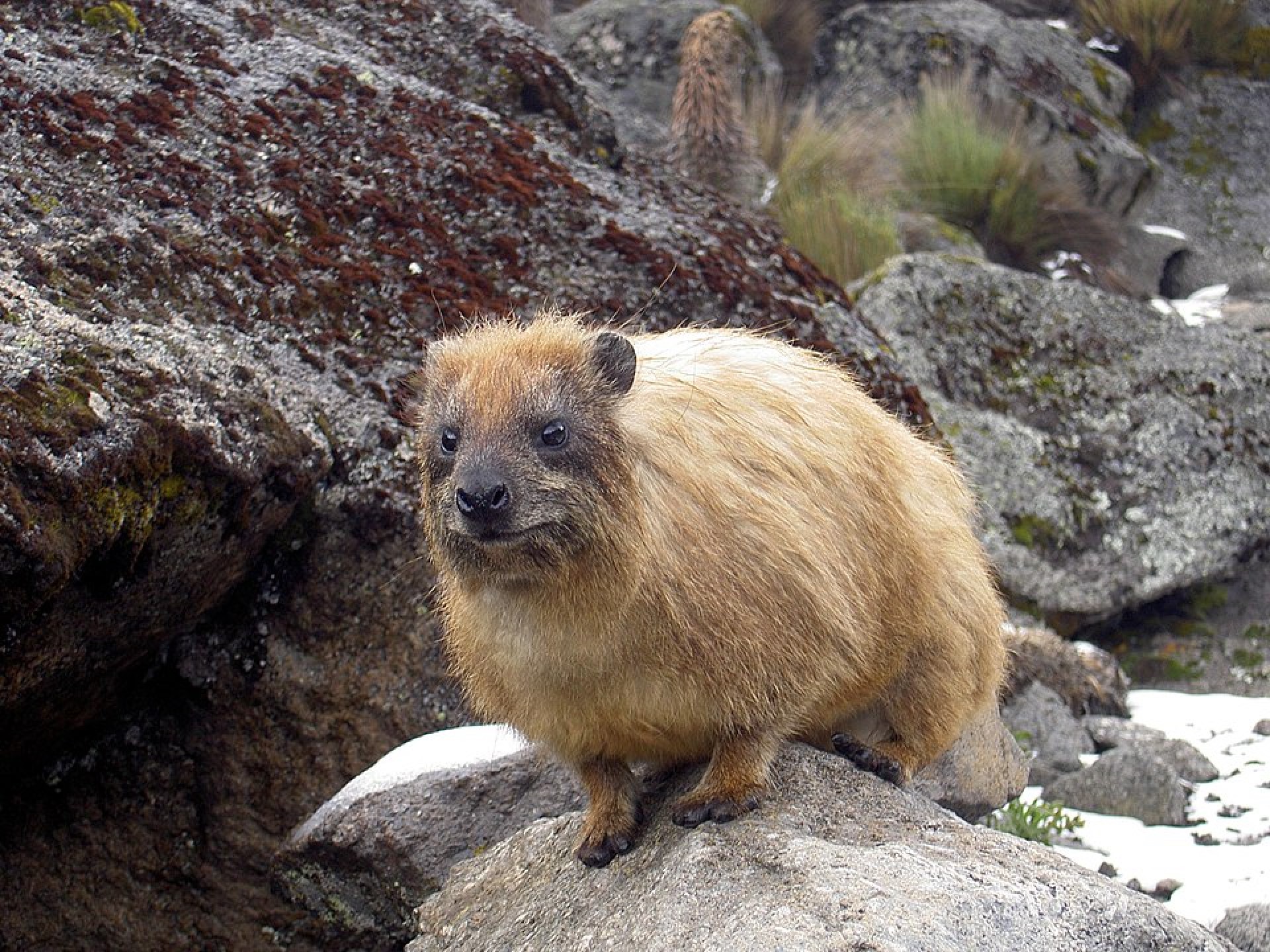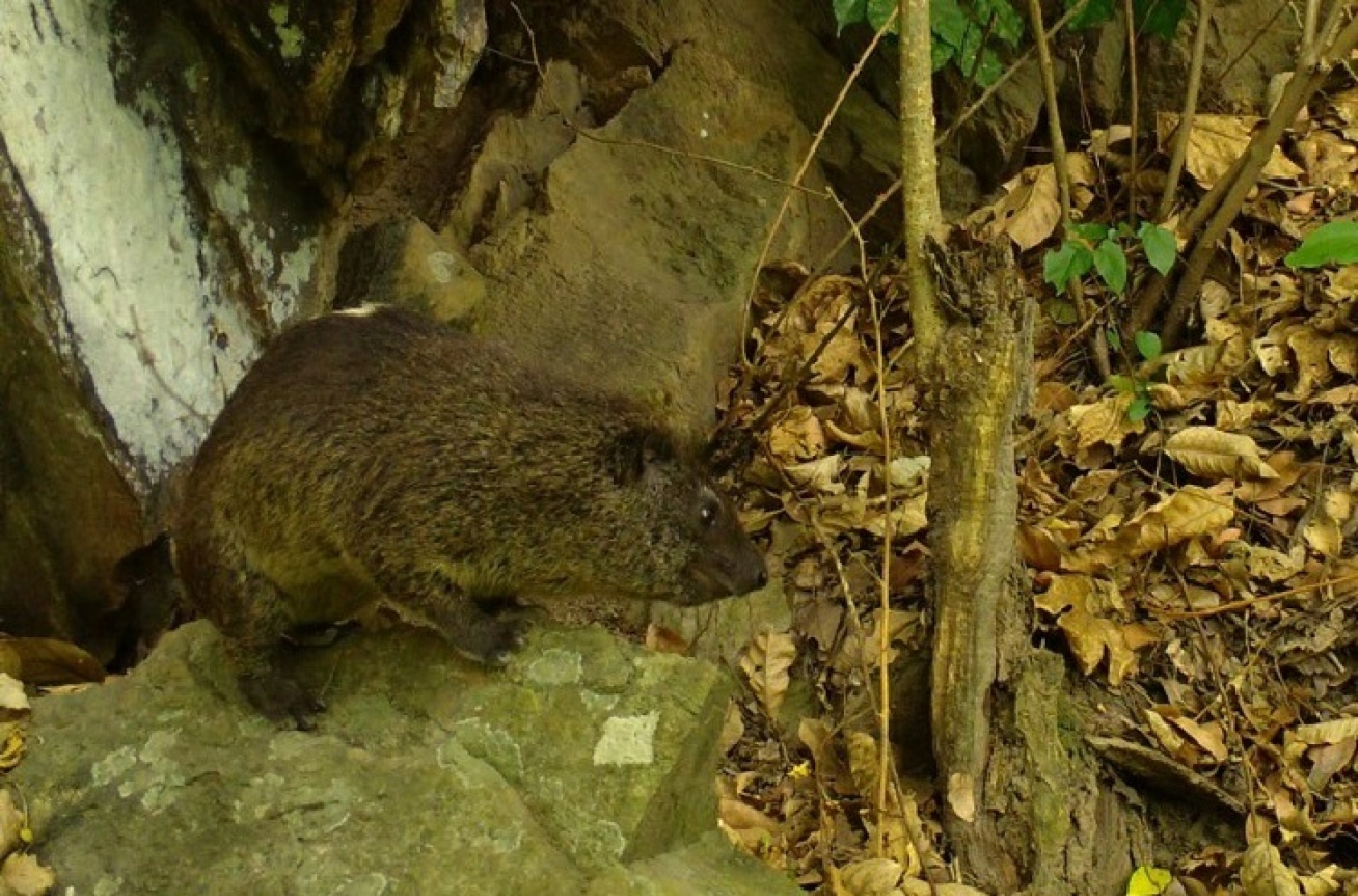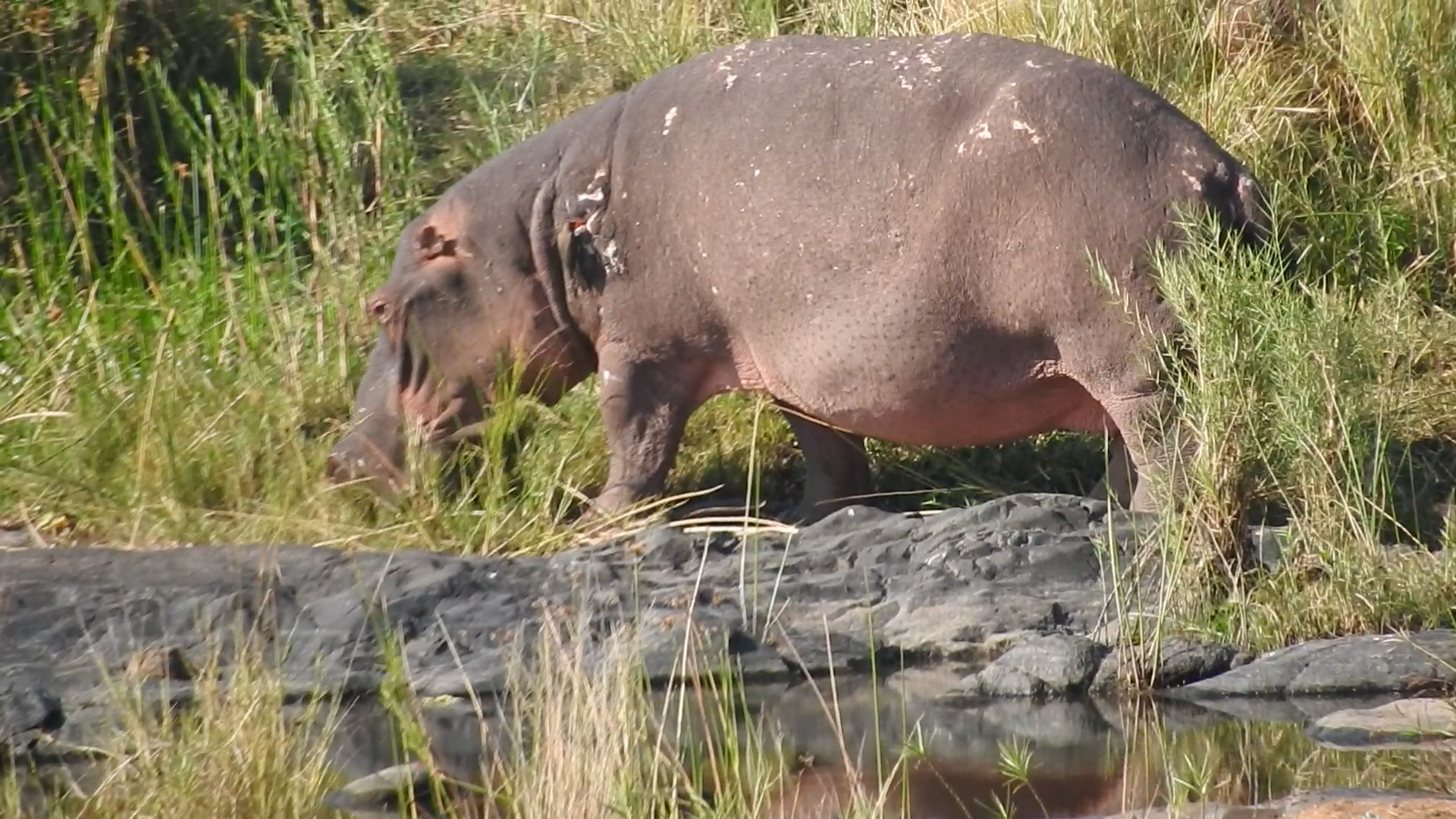
 Rock or cape hyrax has 5 recognized subspecies, again, unsurprising given its vast range. Generally having a hide within a natural rock cavity, Rock hyraxes are social animals that live in colonies of up to 50 individuals. They sleep in one group, and start the day, warming up in the sun
Rock or cape hyrax has 5 recognized subspecies, again, unsurprising given its vast range. Generally having a hide within a natural rock cavity, Rock hyraxes are social animals that live in colonies of up to 50 individuals. They sleep in one group, and start the day, warming up in the sun
They are also listed as least concern
As or when we get contacts to see these creatures, they will appear beneath the news section
[smart_post_show id="23681"]













